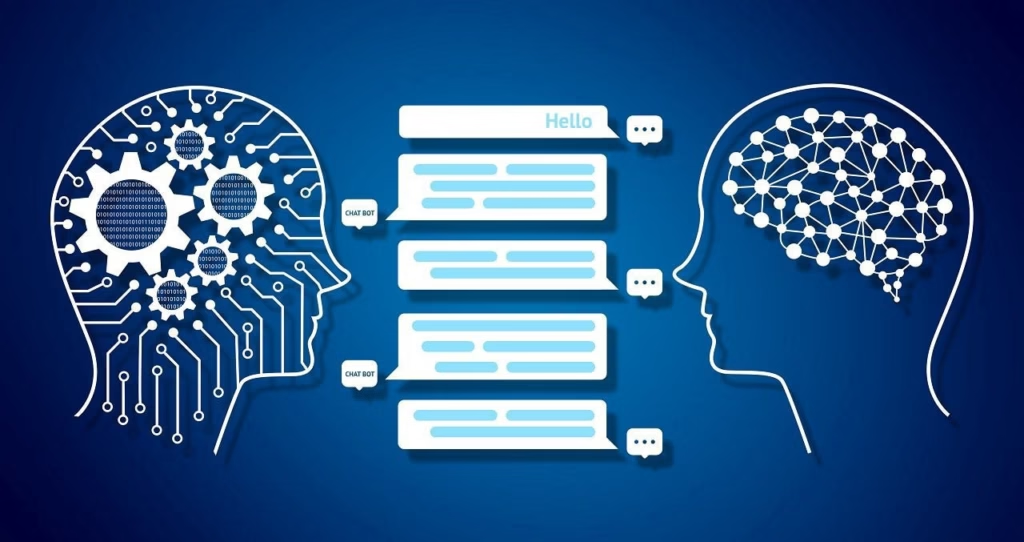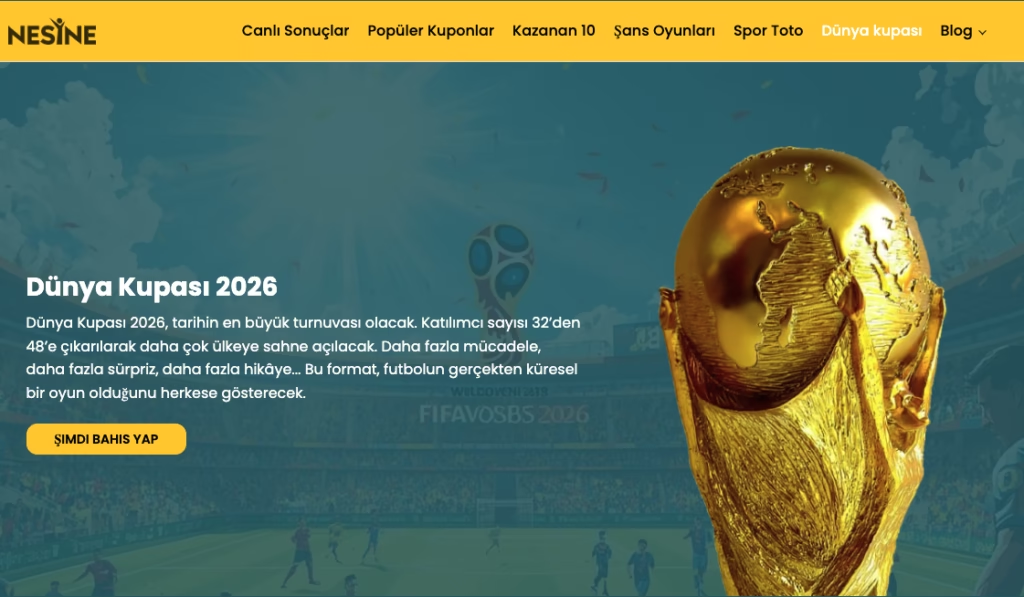The pace of sales transformation has never been faster. As digital channels multiply and buying behaviors evolve, traditional outreach methods often struggle to keep up. Teams spend valuable hours qualifying leads, personalizing follow-ups, and tracking engagement, yet still risk losing prospects due to delayed responses or fragmented communication.
That’s where conversational AI for sales steps in. It introduces automation that feels personal, learns continuously, and scales intelligently across channels. Instead of adding more tools to the sales stack, it transforms how every touchpoint is managed, from first contact to closed deal.
Recent studies reveal the real impact of this shift: AI chatbots enhance conversion by 23% and resolve issues 18% faster with 71% success. These gains underscore a core truth: AI isn’t replacing human sellers but amplifying their ability to engage, understand, and close faster.
Why Traditional Sales Funnels Are Breaking Down
The classic sales funnel no longer fits the way modern buyers engage. Decision-makers expect fast, personalized communication across channels. Teams relying on manual follow-ups and static CRM workflows struggle to keep pace.
- Sales reps spend hours logging data instead of selling.
- Lead scoring happens after the opportunity cools down.
- Prospects bounce when they face delayed replies or repetitive forms.
This friction costs more than lost time; it erodes trust and revenue potential.
The Cost of Missed Conversations
Every unanswered inquiry is a missed opportunity. When sales teams switch between tools or lack real-time context, leads often drop after the first contact.
- Response delays cause up to 50% of inbound leads to go cold within an hour.
- Without unified visibility, managers can’t see where deals stall.
- Missed touchpoints create inconsistent buyer experiences across regions.
Conversational AI ensures that no lead waits, no note goes missing, and every buyer gets the right response at the right moment.
How Conversational AI Transforms the Sales Engine
Conversational AI agents are reshaping the sales cycle. They analyze buyer data, learn from interactions, and adapt in real time. Instead of reacting to leads, sales teams now run proactive engagement engines powered by AI.
These AI agents don’t replace reps; they amplify human performance by taking over repetitive, low-value work and surfacing insights that guide decisions.
A Gartner Sales Survey reveals sellers who partner with AI are 3.7 times more likely to meet quota. The insight is clear: AI-driven engagement is no longer experimental; it’s operationally critical.
1. Lead Qualification at Machine Speed
AI scans intent signals from forms, chats, and voice calls within seconds.
It can:
- Identify buying intent based on conversation tone and keywords.
- Score leads using CRM and behavioral data.
- Route high-quality leads directly to the right sales rep.
This shift helps teams prioritize effort, shorten response times, and increase qualified pipeline volume without expanding headcount.
2. Always-On Engagement and Follow-Up
AI-driven assistants engage prospects 24/7.
They can send reminders, share demos, or schedule meetings even when teams are offline.
- Stalled leads get revived through personalized nudges.
- Dynamic scheduling tools avoid time-zone conflicts.
- AI maintains warm contact while reps focus on closing deals.
The result: fewer dropped leads and better continuity throughout the buying journey.
3. CRM Intelligence Without Manual Entry
Conversational AI integrates directly with CRMs. It listens, records, and updates notes automatically.
- Auto-generates call summaries and follow-up actions.
- Tracks buyer sentiment across chats and voice calls.
- Syncs deal progress across platforms without manual input.
Sales teams finally gain full visibility without spending hours on admin work.
The Impact on Lead Conversion Metrics
Data from early adopters shows measurable gains. Conversational AI drives both efficiency and accuracy in every stage of the funnel.
| Metric | Traditional Workflow | With Conversational AI |
| Lead Response Time | Hours or days | Seconds |
| Lead Qualification | Manual, inconsistent | Automated, data-driven |
| Pipeline Movement | Linear and slow | Continuous, adaptive |
| Forecast Accuracy | Based on static reports | Updated in real-time |
AI doesn’t just improve productivity; it builds healthier, faster-moving pipelines.
Integration-First Sales Workflows
Conversational AI’s power lies in how well it fits into the existing tech stack. It connects seamlessly with CRMs, marketing automation platforms, and call systems—keeping workflows unified.
- Data synchronization ensures clean, current records.
- AI insights surface directly inside the sales rep’s workspace.
- Real-time analytics highlight which campaigns drive genuine engagement.
This integration-first design prevents silos and promotes smarter, faster decisions.
Human + AI: The Hybrid Future of Sales Enablement
The evolution of sales isn’t leading to AI-only models. The most effective organizations are building hybrid systems where humans and AI complement each other. AI handles scalability and analysis, while humans handle relationships and strategic decision-making.
This balance empowers sellers to focus on high-impact conversations. Real-time AI coaching tools, for instance, can suggest next responses during live calls or flag cross-sell opportunities instantly. What once took hours of review now happens in the moment, without disrupting workflow.
Ethical and Data Privacy Considerations
With great automation comes great responsibility. Every interaction that AI processes involves sensitive data such as customer preferences, purchasing intent, or personal information. Responsible deployment requires transparent data handling and adherence to consent-driven frameworks.
Ethical AI practices are now a differentiator. Businesses that implement fairness, explainability, and user control within their AI systems earn greater trust and long-term customer loyalty.
Emerging Trends Defining the Next Wave
Conversational AI is evolving beyond chatbots and basic automation.
The next wave introduces intelligent, predictive, and multilingual capabilities that expand reach and performance.
- Voice-first engagement: Natural-sounding voice agents conduct discovery calls and follow-ups.
- Predictive outreach: AI anticipates when a lead is likely to respond or re-engage.
- Multilingual communication: AI agents speak and understand regional dialects for global outreach.
- Dynamic offer optimization: Pricing and discounts adjust in real time based on buyer behavior.
These capabilities redefine speed, personalization, and inclusivity in enterprise sales.
Getting Started With Conversational AI for Sales
Enterprises ready to adopt AI in sales need a structured start.
Here’s a simple framework:
- Assess readiness – Review CRM data quality, tech stack, and current sales response times.
- Start small – Pilot Conversational AI for one stage, like lead qualification or demo scheduling.
- Train the system – Feed it real customer data to improve accuracy and tone.
- Measure ROI – Track lead response time, engagement duration, and conversion lift.
Once proven, scale gradually across channels and regions.
Conclusion: The Competitive Edge in Every Conversation
Conversational AI is no longer an optional sales add-on; it’s a strategic driver.
It enables instant responses, nurtures every lead, and ensures no opportunity is left behind.
For enterprises across industries, this technology delivers one core advantage: faster revenue through smarter conversations.
Every message, call, and chat now holds the potential to convert—and AI ensures you never miss the chance.






